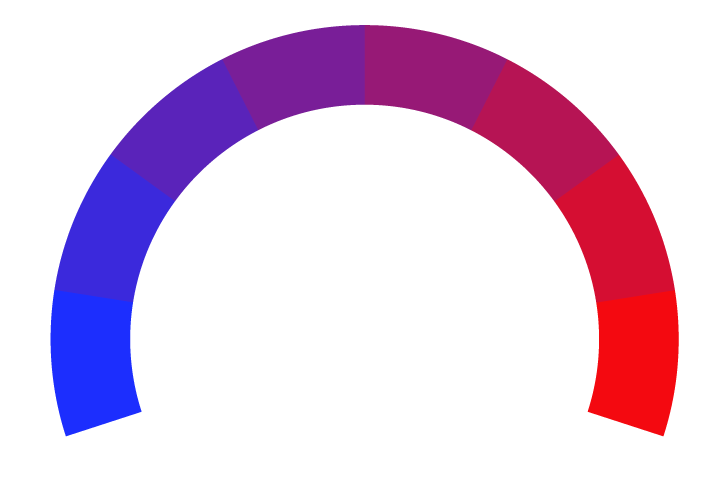 The Guardian Article Rating
The Guardian Article RatingThe Tampa affair, 20 years on: the ship that capsized Australia's refugee policy
- Bias Rating
-26% Somewhat Liberal
- Reliability
N/AN/A
- Policy Leaning
26% Somewhat Conservative
- Politician Portrayal
N/A
Continue For Free
Create your free account to see the in-depth bias analytics and more.
Continue
Continue
By creating an account, you agree to our Terms and Privacy Policy, and subscribe to email updates. Already a member: Log inBias Score Analysis
The A.I. bias rating includes policy and politician portrayal leanings based on the author’s tone found in the article using machine learning. Bias scores are on a scale of -100% to 100% with higher negative scores being more liberal and higher positive scores being more conservative, and 0% being neutral.
Sentiments
N/A
- Liberal
- Conservative
| Sentence | Sentiment | Bias |
|---|---|---|
Unlock this feature by upgrading to the Pro plan. | ||
Reliability Score Analysis
Policy Leaning Analysis
Politician Portrayal Analysis
Bias Meter
Extremely
Liberal
Very
Liberal
Moderately
Liberal
Somewhat Liberal
Center
Somewhat Conservative
Moderately
Conservative
Very
Conservative
Extremely
Conservative
-100%
Liberal
100%
Conservative

Contributing sentiments towards policy:
56% : A handwritten letter was thrust into the hands of the Norwegian ambassador, who had also come on board: a formal request for asylum in Australia.47% : Italy turns asylum seeker boats back to Libya "to block migration"; the UK contemplates offshore processing on distant islands, expressly citing the "Australian model".
46% : In Canberra that evening, Howard introduced the border protection bill to parliament, giving the government sweeping powers to refuse entry to people seeking asylum by sea.
39% : It was quickly followed by the "children overboard" scandal - where government ministers falsely stated children were thrown into the sea in order that they would be rescued and could claim asylum - and the tragic sinking of the SIEV X in which 353 people, mainly women and children, drowned.
*Our bias meter rating uses data science including sentiment analysis, machine learning and our proprietary algorithm for determining biases in news articles. Bias scores are on a scale of -100% to 100% with higher negative scores being more liberal and higher positive scores being more conservative, and 0% being neutral. The rating is an independent analysis and is not affiliated nor sponsored by the news source or any other organization.





















